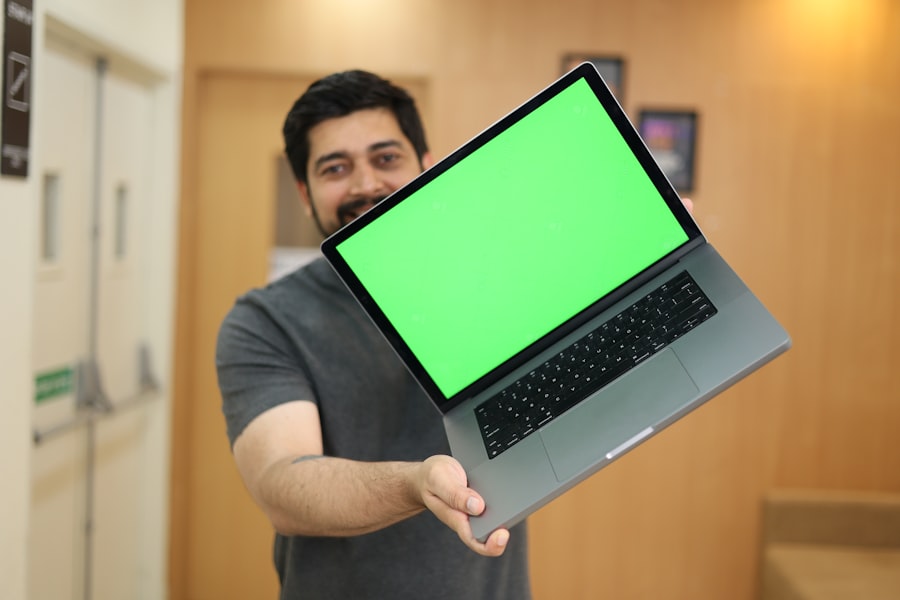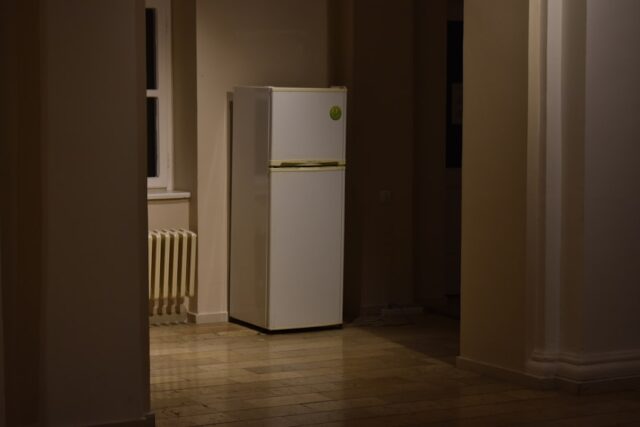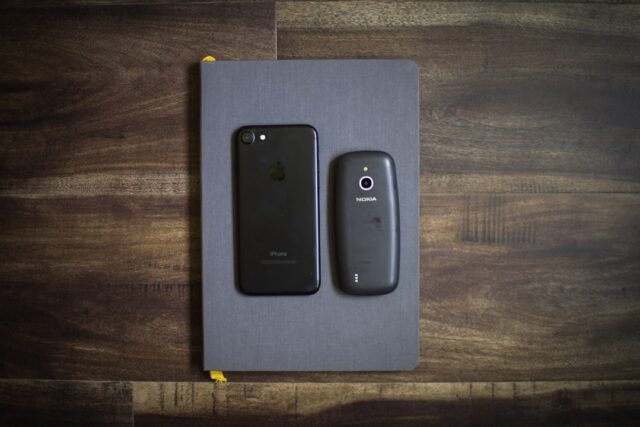In the modern educational landscape, the necessity for technology has become increasingly pronounced. Students, whether in high school or pursuing higher education, require reliable tools to facilitate their learning processes. Among these tools, laptops stand out as essential devices that enable students to conduct research, complete assignments, and engage in collaborative projects.
However, the financial constraints that many students face can make acquiring a high-quality laptop a daunting task. This is where budget laptops come into play, offering a balance between affordability and functionality. Budget laptops are designed to cater to the needs of students who require dependable performance without breaking the bank.
These devices typically range in price from $300 to $700, making them accessible to a wide audience. While they may not boast the high-end specifications of premium models, many budget laptops are equipped with sufficient processing power, storage capacity, and battery life to handle everyday academic tasks. As educational institutions increasingly integrate technology into their curricula, understanding the options available in the budget laptop market becomes crucial for students aiming to enhance their academic experience.
Key Features to Look for in a Budget Laptop
When searching for a budget laptop, students should prioritize several key features that will ensure their device meets their academic needs. One of the most critical aspects is the processor. A laptop’s processor determines its speed and efficiency in handling tasks.
For students, an Intel Core i3 or AMD Ryzen 3 processor is often sufficient for basic tasks such as word processing, web browsing, and streaming educational videos. However, for those who may engage in more demanding applications like graphic design or programming, investing in a laptop with an Intel Core i5 or AMD Ryzen 5 processor could be beneficial. Another essential feature is RAM, which affects multitasking capabilities.
A minimum of 8GB of RAM is recommended for smooth performance when running multiple applications simultaneously. Additionally, storage type and capacity are vital considerations. Solid State Drives (SSDs) are preferable over traditional Hard Disk Drives (HDDs) due to their faster read and write speeds, which significantly enhance boot times and application loading.
A laptop with at least 256GB of SSD storage strikes a good balance between speed and space for documents, presentations, and media files.
Top 5 Budget Laptops for Students

1. **Acer Aspire 5**: The Acer Aspire 5 is a well-rounded budget laptop that offers impressive performance for its price point. Equipped with an AMD Ryzen 5 processor and 8GB of RAM, it can handle multitasking with ease.
The 15.6-inch Full HD display provides vibrant visuals, making it suitable for both studying and entertainment. Additionally, its backlit keyboard enhances usability in low-light conditions, a feature that many students find beneficial during late-night study sessions. 2.
**Lenovo IdeaPad 3**: The Lenovo IdeaPad 3 is another excellent choice for students seeking affordability without sacrificing performance. With options for Intel Core i3 or i5 processors and up to 12GB of RAM, this laptop can efficiently manage everyday tasks. Its sleek design and lightweight build make it highly portable, while the privacy shutter on the webcam adds an extra layer of security—an increasingly important feature in today’s digital age.
3. **HP Pavilion x360**: For students who value versatility, the HP Pavilion x360 offers a 2-in-1 design that allows it to function as both a laptop and a tablet. This flexibility is particularly useful for note-taking and presentations.
The device features an Intel Core i3 processor and 8GB of RAM, providing adequate power for most academic tasks. Its touchscreen display enhances interactivity, making it an appealing option for creative projects. 4.
**ASUS VivoBook 15**: The ASUS VivoBook 15 stands out with its stylish design and solid performance specifications. It comes with an Intel Core i3 processor and 8GB of RAM, making it suitable for students who need a reliable machine for writing papers and conducting research. The laptop’s NanoEdge display offers an immersive viewing experience, while its lightweight construction ensures easy portability between classes.
5. **Dell Inspiron 15 3000**: The Dell Inspiron series has long been recognized for its reliability and performance. The Inspiron 15 3000 model is no exception, featuring an Intel Core i3 processor and up to 8GB of RAM.
Its robust build quality ensures durability, making it a great option for students who may be rough on their devices. The laptop also includes a variety of ports for connectivity, allowing students to easily connect peripherals such as external drives or projectors.
Performance and Speed Comparison
| Website | Load Time (seconds) | Page Size (MB) | Requests |
|---|---|---|---|
| Website A | 2.5 | 1.2 | 45 |
| Website B | 3.2 | 1.5 | 55 |
| Website C | 1.8 | 0.9 | 35 |
When evaluating budget laptops, performance and speed are paramount considerations that can significantly impact a student’s productivity. The processors found in budget laptops vary widely in terms of capabilities; thus, understanding their performance metrics is essential. For instance, the AMD Ryzen series has gained popularity due to its competitive performance against Intel’s offerings at similar price points.
In benchmarks, the Ryzen 5 often outperforms the Intel Core i3 in multi-threaded tasks due to its higher core count. In practical terms, this means that students using laptops with Ryzen processors may experience smoother performance when running multiple applications simultaneously or engaging in resource-intensive tasks like video editing or programming. Conversely, while Intel’s Core i5 processors provide excellent single-threaded performance—beneficial for tasks like web browsing or document editing—students should consider their specific use cases when selecting between these two brands.
Moreover, RAM plays a crucial role in determining how well a laptop performs under load. A device with 8GB of RAM is generally sufficient for most students; however, those who frequently use memory-intensive applications or keep numerous browser tabs open may benefit from upgrading to 12GB or even 16GB if their budget allows. This additional memory can prevent slowdowns and ensure that applications run smoothly without excessive lag.
Battery Life and Portability
Battery life is another critical factor that students must consider when selecting a budget laptop. A device that can last through long lectures or study sessions without needing a recharge is invaluable for maintaining productivity throughout the day. Many budget laptops now offer impressive battery life due to advancements in energy-efficient processors and display technologies.
For example, the Acer Aspire 5 boasts up to 10 hours of battery life under typical usage conditions, allowing students to attend classes or study sessions without constantly searching for an outlet. Similarly, the Lenovo IdeaPad 3 offers around 8 hours of battery life, which is adequate for most academic needs. In contrast, some budget laptops may fall short in this area; therefore, prospective buyers should consult reviews and user feedback to gauge real-world battery performance.
Portability is equally important for students who need to carry their laptops between classes or study locations. A lightweight design combined with a slim profile can make a significant difference in how easily a student can transport their device throughout the day. Models like the ASUS VivoBook 15 weigh around 3.5 pounds, making them easy to slip into a backpack without adding excessive bulk.
In contrast, heavier models may become cumbersome over time, particularly during long days on campus.
Durability and Build Quality

Durability is a vital consideration when selecting a budget laptop for students who may not always handle their devices with care. A laptop that can withstand the rigors of daily use—such as being tossed into a backpack or accidentally bumped during transit—will ultimately save students from potential repair costs or the need for premature replacements. Many manufacturers have recognized this need and have begun incorporating sturdier materials into their designs.
For instance, the Dell Inspiron series is known for its robust build quality; its chassis is designed to endure everyday wear and tear while maintaining structural integrity over time. Similarly, the HP Pavilion x360 features reinforced hinges that allow it to transition between laptop and tablet modes without compromising durability. In addition to physical sturdiness, students should also consider factors such as keyboard quality and screen resilience when assessing build quality.
A laptop with a comfortable keyboard can enhance typing speed and reduce fatigue during long writing sessions. Furthermore, screens with anti-glare coatings can improve visibility in various lighting conditions—an essential feature for students who may find themselves working in bright classrooms or outdoor settings.
User-Friendly Features and Software
User-friendly features can significantly enhance the overall experience of using a budget laptop for academic purposes. One such feature is the inclusion of backlit keyboards, which allow students to work comfortably in low-light environments—a common scenario during late-night study sessions or early morning classes. Laptops like the Acer Aspire 5 come equipped with this feature, making them more versatile for different settings.
Another important aspect is the operating system pre-installed on the device. Most budget laptops come with either Windows or Chrome OS; each has its advantages depending on the student’s needs. Windows laptops offer compatibility with a wide range of software applications commonly used in educational settings, including Microsoft Office Suite and various specialized programs for engineering or graphic design courses.
On the other hand, Chromebooks running Chrome OS are often more affordable and provide seamless integration with Google Workspace tools like Google Docs and Sheets—ideal for students who primarily work online. Additionally, many budget laptops now include features such as fingerprint readers or facial recognition technology for enhanced security and convenience when logging in. These features not only streamline access but also help protect sensitive information stored on the device—an increasingly important consideration as cyber threats continue to evolve.
Best Budget Laptop for Students
Selecting the best budget laptop for students involves careful consideration of various factors including performance specifications, battery life, durability, and user-friendly features. Each student has unique needs based on their field of study and personal preferences; therefore, there is no one-size-fits-all solution. However, models like the Acer Aspire 5 and Lenovo IdeaPad 3 consistently receive high marks across multiple categories due to their balanced performance and affordability.
Ultimately, investing time in researching options will pay off in finding a laptop that not only fits within budget constraints but also enhances academic productivity and supports learning objectives effectively. As technology continues to play an integral role in education, having access to a reliable laptop can make all the difference in achieving academic success.
FAQs
What are the key factors to consider when choosing a budget laptop as a student?
When choosing a budget laptop as a student, it’s important to consider factors such as price, performance, battery life, portability, and durability.
What are some recommended budget laptop brands for students?
Some recommended budget laptop brands for students include Acer, ASUS, Dell, HP, and Lenovo. These brands offer a range of affordable options with good performance and reliability.
What are the minimum specifications to look for in a budget laptop for student use?
When looking for a budget laptop for student use, it’s recommended to look for a minimum of 4GB of RAM, an Intel Core i3 or AMD Ryzen 3 processor, at least 128GB of storage, and a battery life of at least 6 hours.
Are there any specific features that are particularly important for students in a budget laptop?
Some specific features that are particularly important for students in a budget laptop include a comfortable keyboard for typing long essays, a good display for reading and studying, and a lightweight and portable design for easy transportation between classes.
What are some common drawbacks to be aware of when purchasing a budget laptop for student use?
Common drawbacks to be aware of when purchasing a budget laptop for student use include lower build quality, less powerful processors, limited storage space, and shorter battery life compared to more expensive models.



MOST COMMENTED
Apps
10 Hidden Android Apps: Boost Productivity Instantly
Apps
Privacy-Focused Messaging Apps: A 2025 Comparison
Apps
Top Minimalist Apps for a Distraction-Free Life
Apps
Top Offline Apps for 2025: No Internet Needed
Gadget
The Battle of Wearables: Smart Rings vs. Smartwatches
Gadget
The Future of Mental Health: Wearable Gadgets on the Rise
Laptops
Top Laptops for Coding and Content Creation Under ₹70,000